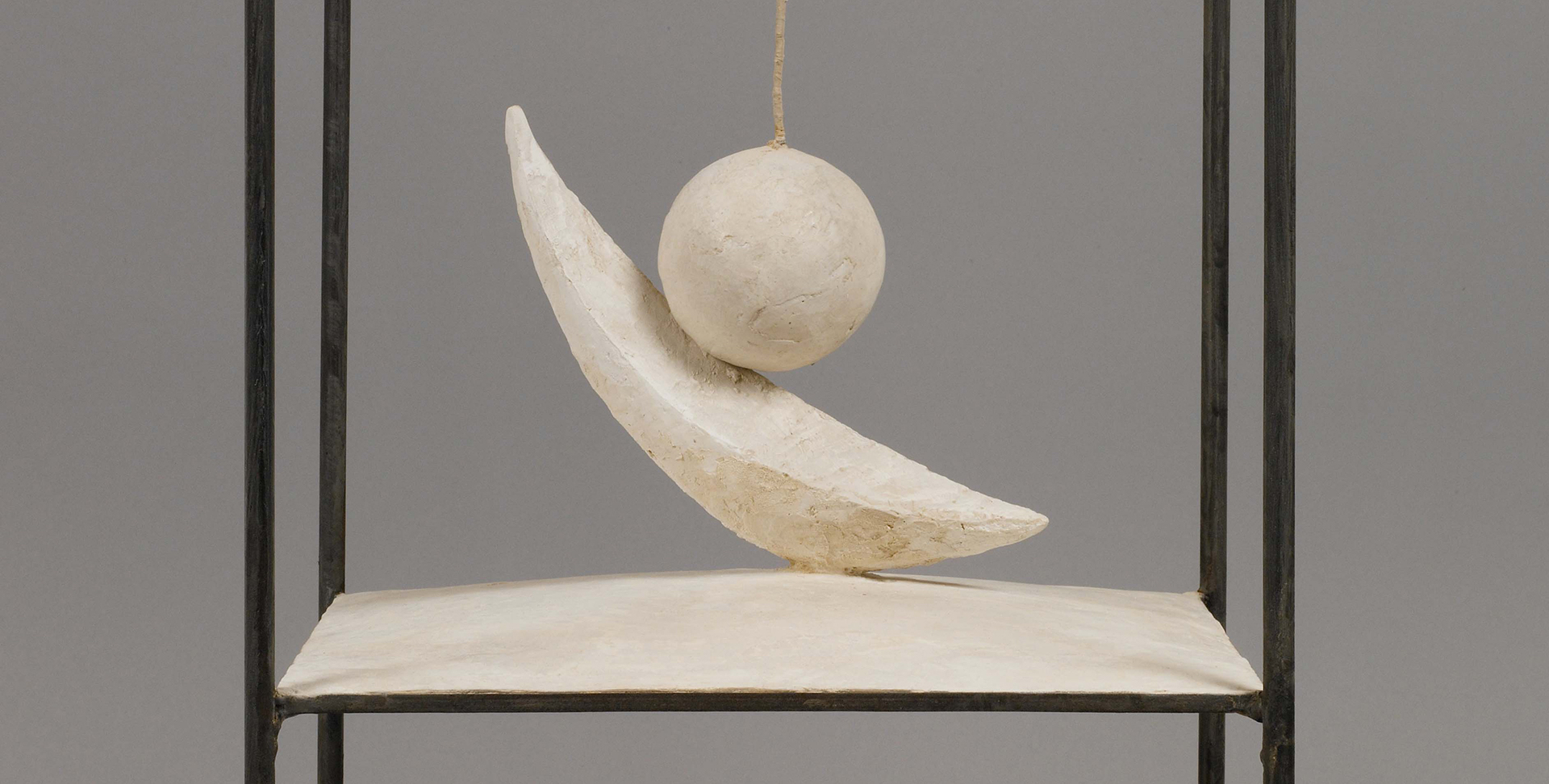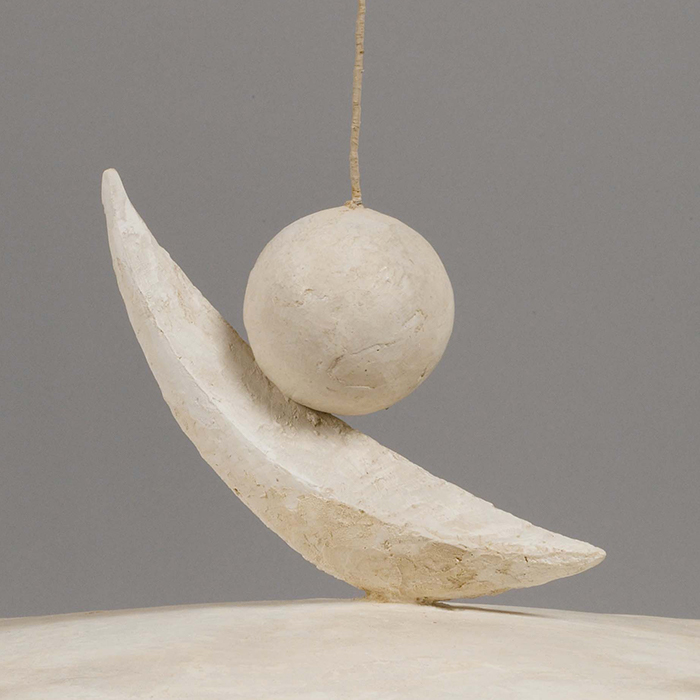



They were part of an artistic movement led by André Breton, the poet. The artists and writers who took part in it aimed to explore the subconscious and all the hidden areas of the human spirit.
To succeed in doing this, they invented “automatic handwriting”.
How was this done?
What was the result of this? Texts that often seem illogical, but which open up the way into the subconscious mind.

Surrealism seeks to explore the subconscious, especially through automatic writing.
Surrealists try to unearth things that are hidden in the depths of their mind, behind the barrier of their reason (meaning their conscious thought).
To move beyond the barrier of “reason”, artists looked to those who were living with mental illness as their alternative way of thinking was considered to be “without reason”.
André Breton and Jean Dubuffet were interested in this artistic exploration and in 1945, Dubuffet suggested the title “art brut” (Raw Art, or Outsider Art) for this form of creation, which was a source of inspiration for his own career.


“Art Brut” was the name given to artistic creations by people living with mental illnesses.
Salvador Dali and Luis Buñuel had been friends as students in Madrid and met again in Paris at the end of 1928. One of them was a painter at the time and the other worked in films. They both wanted to produce an experimental film and the idea came to them as they told each other about their dreams.
In Buñuel’s dream, a silvered cloud cut the moon and a razor blade cut open an eye. As for Dali, he talked about a dream in which he dreamed of a hand full of ants.
It took them two weeks to shoot Un chien andalou, (An Andalusian Dog) the first Surrealist film, which adapted the principle of automatic writing to cinema.

Buñuel and Dali directed the first surrealist film in 1928, basing it on their dreams: Un chien andalou.
In 1931, Alberto Giacometti presented a sculpture entitled La Boule Suspendue (The Hanging Ball).The Surrealists found this fascinating, especially since the artist explained that this work had come straight out of his subconscious.

“For years I have only realized sculptures which have presented themselves to my mind in a finished state. I limited my action to reproducing them in space without changing anything, without wondering what they could mean.“
Alberto Giacometti
Dali was the most interested in this new direction opened up by Giacometti.
He therefore began to create all kinds of “objects with symbolic functions”.

Inspired by Giacometti’s work, Dali, led by his subconscious, created “objects with symbolic functions”.
A contemporary artist of the Surrealists, who could not be pigeonholed, also hijacked objects into art. Who was this? Kurt Schwitters.
This German recovered objects only fit to throw away and stuck them onto the walls and ceilings of his house. As the house was invaded by these objects, it gradually became the work of art itself.
Schwitters’ major plan was to let art overflow everywhere. He wanted to achieve “total art”, at the crossroads between architecture, poetry, painting, theatre or even music.
One of his most iconic works is a musical composition known as the “Ur Sonata” or primitive sonata. A somewhat disconcerting phonetic musical poem!
Poetry, cinema, sculpture and objects … to explore the subconscious, the Surrealists used all possible techniques, not forgetting photography, of course, because it allows the artist to give rein to every fantasy.
By modifying the prints using superimposed printing, collages and cropping, Surrealists invented strange, dreamy pictures.

Surrealists modified photographs to create amazing works of art.

In 1929, a couple of Russian artists (Katarzyna Kobro and Wladyslaw Strzeminski) decided to open a museum dedicated to the art of their era.
They sent a letter to the 20 leading artists, asking them to send one of their works. And it worked! The artists responded and the collection quickly expanded. The first museum to be completely dedicated to the 20th century avant-garde opened in Lodz (Poland) two years before the New York Museum of Modern Art (MOMA).
Was modern art on the right track for gaining international recognition? Yes, but at the same time, Nazism was on the rise in Germany… and the Nazis did not like modern art at all! Shortly before the Second World War, they even organized an exhibition on the avant-garde, presenting it as degenerate art.


At the beginning of the 1930s, modern art entered the museum and was, at the same time, denounced by the Nazis.

"*" indicates required fields